First Asia Pacific Adidas Flagship in Myeongdong, Seoul
Retail Focus
JUNE 22, 2023
Viewed from different angles, the reflected blurred color blocks enrich the clean display shelves and connect to the outdoors in a subtle way. The central staircase upon entrance can quickly take the customer flow to the second floor, while defining a loop circulation for the ground floor, creating a more interesting shopping experience.

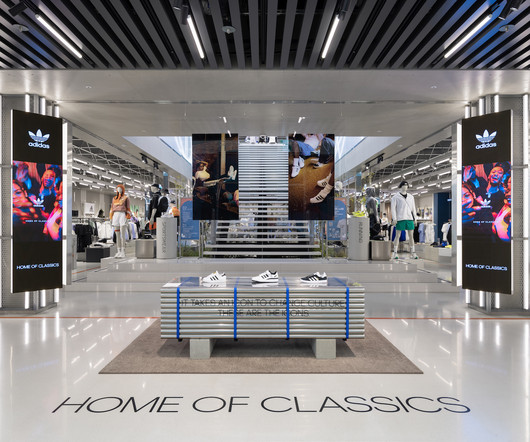
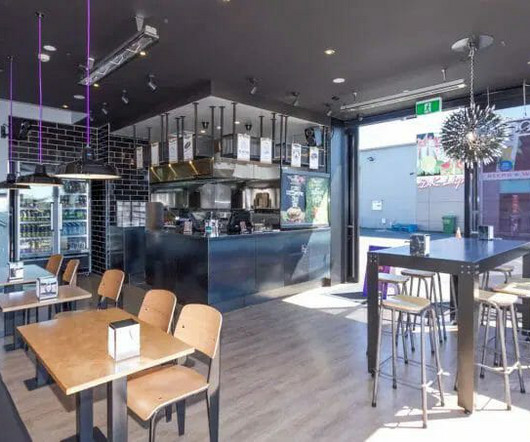
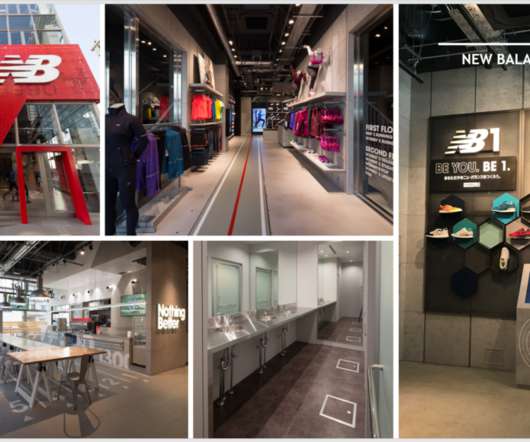
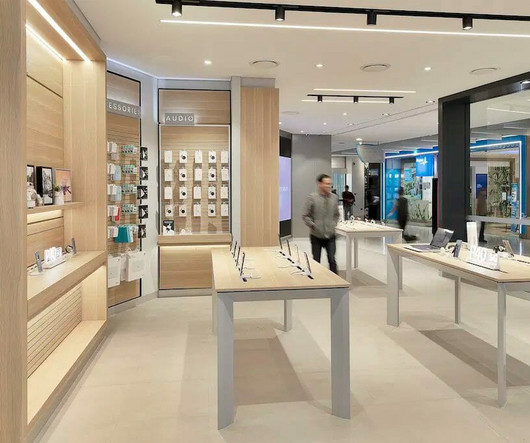
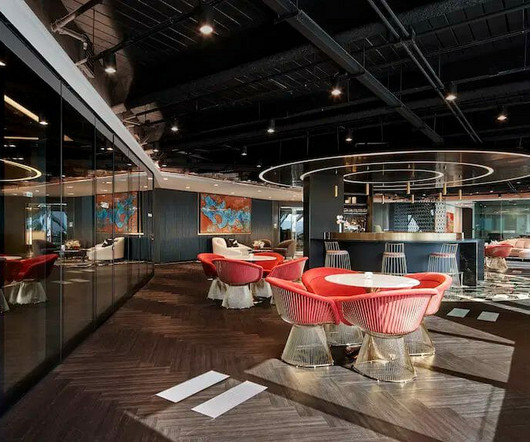






Let's personalize your content